
Kiepenheuer-Institut für Sonnenphysik, Freiburg, Germany
University Stanford, USA
The meridional flow inside the Sun is a large-scale flow that is observed on both hemispheres of the Sun. Its structure and variation inside the Sun is of major interest as it transports mass, angular momentum and magnetic flux. Therefore, a detailed knowledge is required to understand the magneto-hydrodynamics of the Sun's convection zone and consequently the Sun's magnetic variability.
Recently, the helioseismic measurement of this flow throughout the whole convection zone of the Sun has made significant progress by the development of improved methods in form of time-distance helioseismology (Zhao et al., 2013, ApJ Lett, 774, L29) and new approaches in global helioseismology (Schad et al., (2013, ApJ Lett, 778, L38). Techniques developed earlier based on tracking supergranulation provide a complementary view on the meridional flow (Hathaway, 2012, ApJ 760, 84). These and further studies (e.g. Jackiewicz et al., 2015, ApJ, 805, 133) reveal that the meridional flow has a possible multi-cellular structure in latitude and depth. Furthermore, there are indications that this flow varies during the solar activity cycle. However, a final consensus on the structure and temporal evolution of the flow has not been achieved, especially as the signal is weak and affected by noise and systematic effects. Estimating the latter properly and deciding on the physical constraints on the inversions is important as those can alter the result significantly (Rajaguru and Antia, 2015, ApJ, 813, 114).
During the past years where the groups involved have worked independently on analysing various available data sets, it has become evident that it requires the inspiring atmosphere of ISSI to make progress on this important topic of solar physics. With this in mind, we have created a team consisting of all scientists active in this field who have indicated their great interest in such an international collaborative effort. These researchers bring in their expertise on methods of time series analysis, helioseismic inversion methods as well as theoretical and numerical modelling of the interaction of the acoustic wave field with the meridional flow. This team would focus on coordinated studies on validating helioseismic methods, joint analysis of existing data sets, and further development of techniques in order to understand the origin of possible discrepancies between the methods. It is the ultimate goal to provide the best possible estimate on the structure and temporal variability of the Sun's meridional flow and its role in the solar dynamo process. Consequently, the results of this international effort will find direct application in the modelling of the solar dynamo, resulting in a better understanding of the Sun's magnetic activity.
The team consisting of 12 renowned experts and 2 young scientists would meet twice in 2015 and 2016. The team leaders are Markus Roth (Kiepenheuer-Institut für Sonnenphysik, Freiburg) and Junwei Zhao (co-leader, University Stanford).
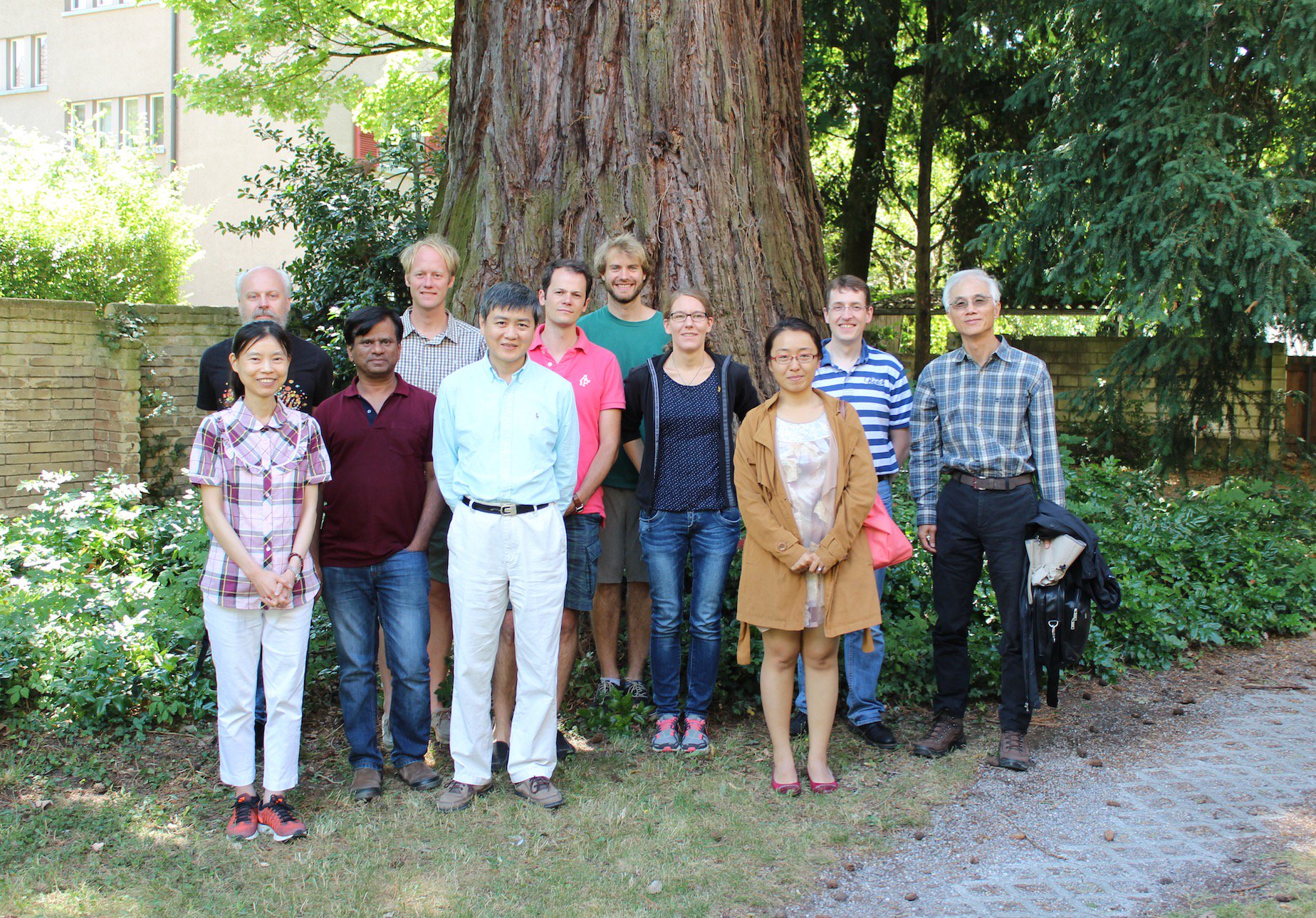
The meeting is organized locally by the International Space Science Institute in Bern, Switzerland.
Markus Roth (KIS)
Junwei Zhao (Stanford)
H.M. Antia (Mumbai)
Vincent Böning (Freiburg)
Ruizhu Chen (Stanford)
Dean-Yi Chou (Taiwan)
Jason Jackiewicz (Las Cruces)
Emanuel Hecht (Freiburg)
Chia Lin (Taiwan)
Paul S. Rajaguru (Bangalore)
Markus Roth (Freiburg)
Ariane Schad (Freiburg)
Jesper Schou (Göttingen)
Junwei Zhao (Stanford)
Hotel reservation should be done until June 16, 2017.
The meeting is on invitation only.
There is no registration fee.
International Space Science Institute, Berne, Switzerland
A block reservation of rooms will be made by the team at ISSI.
Bern can be easily reached by public transport.
By plane:
A nearby big international airport is Zurich.
Bern itself has an airport, too
By train:
Bern is well connected to the fast inter-European trains.
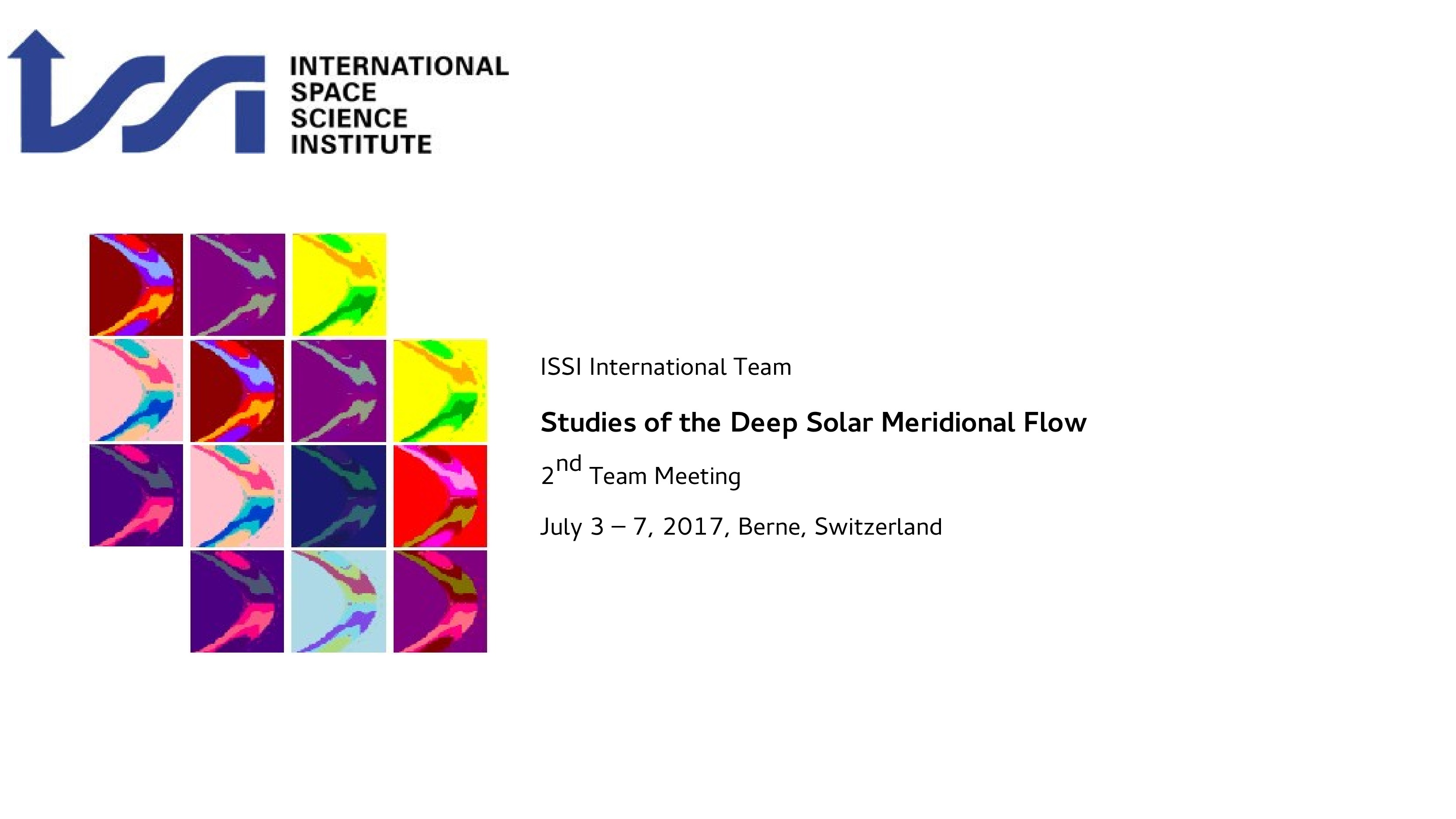

Session: Main Session
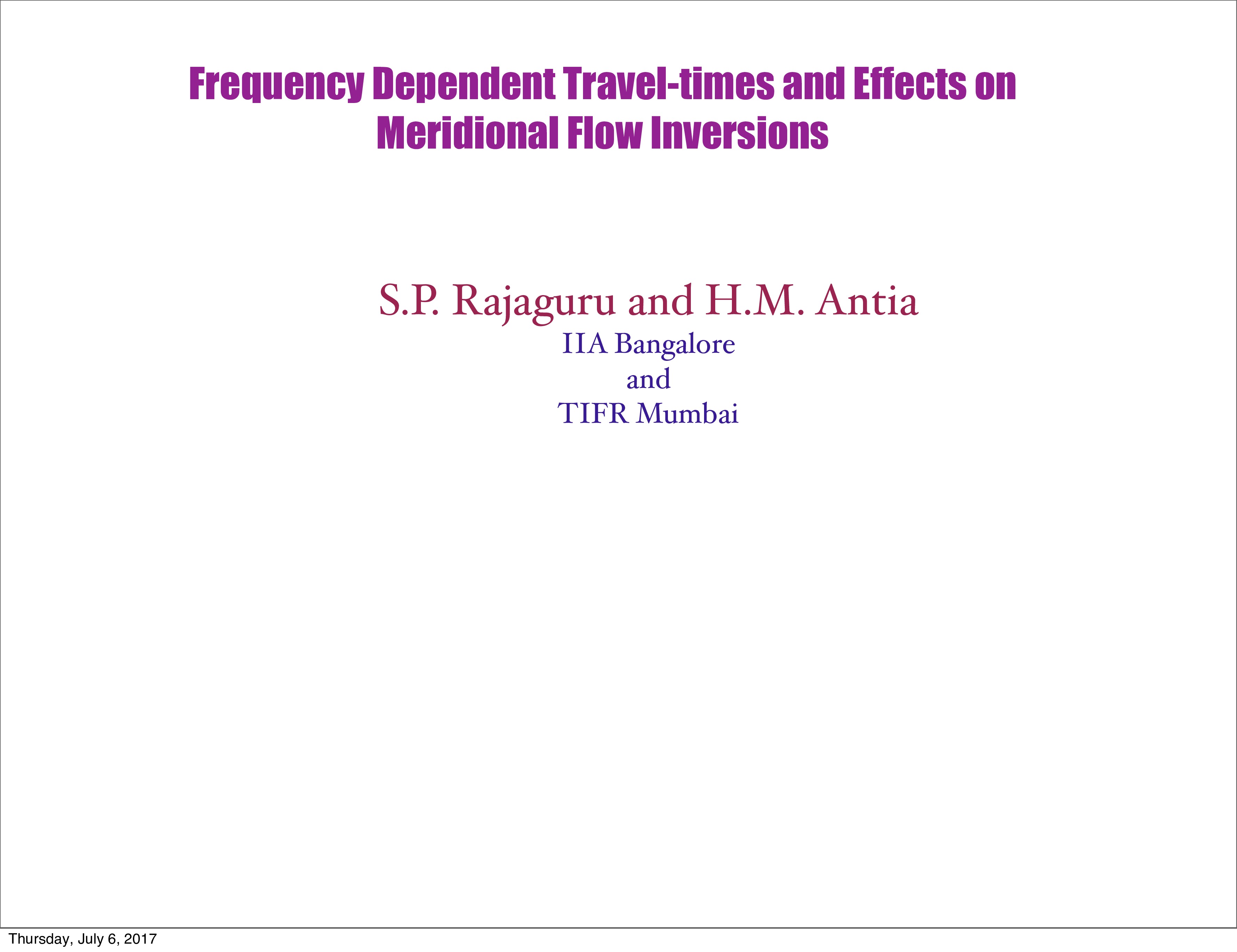
Session: Main Session
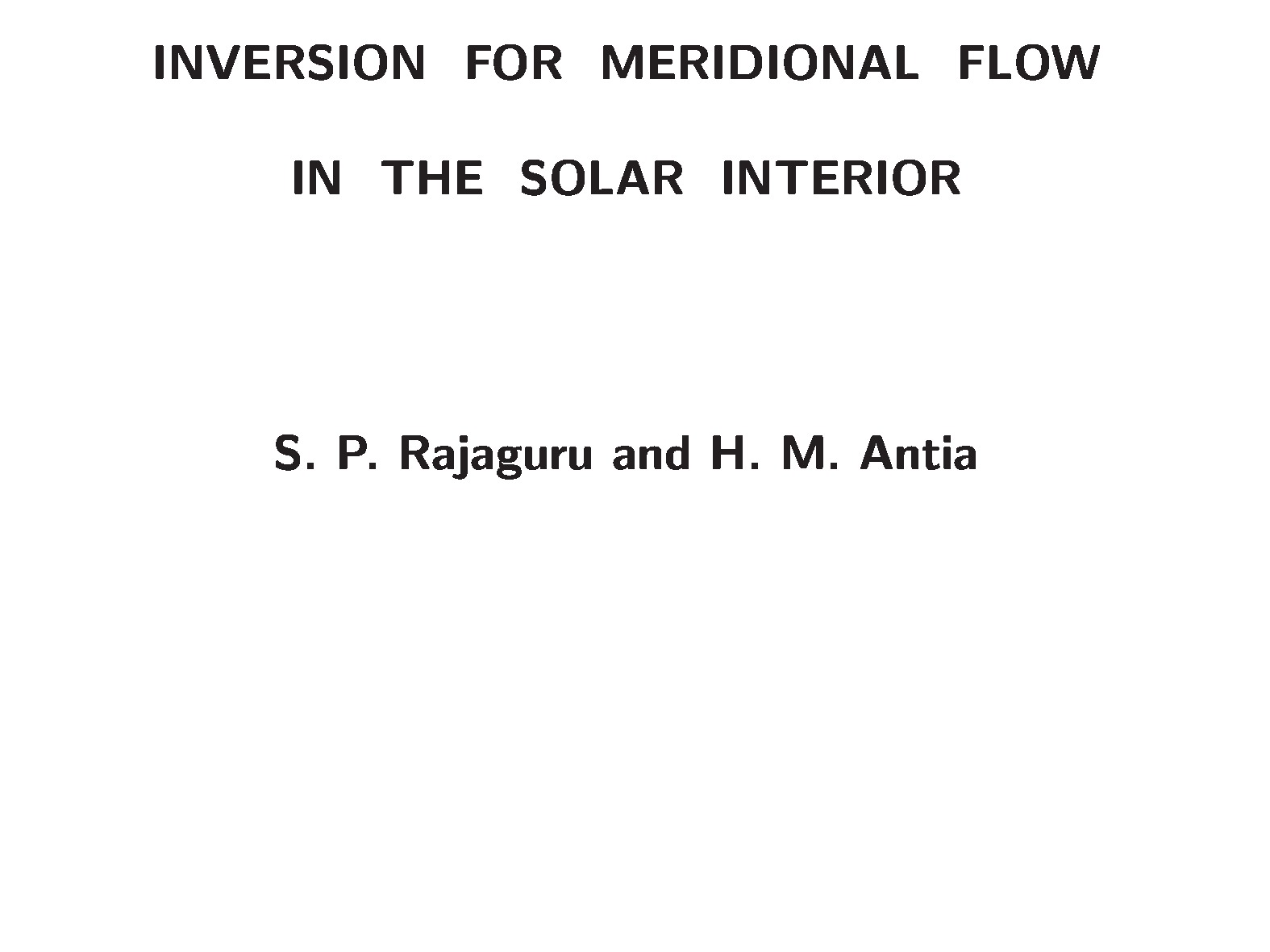
Session: Main Session
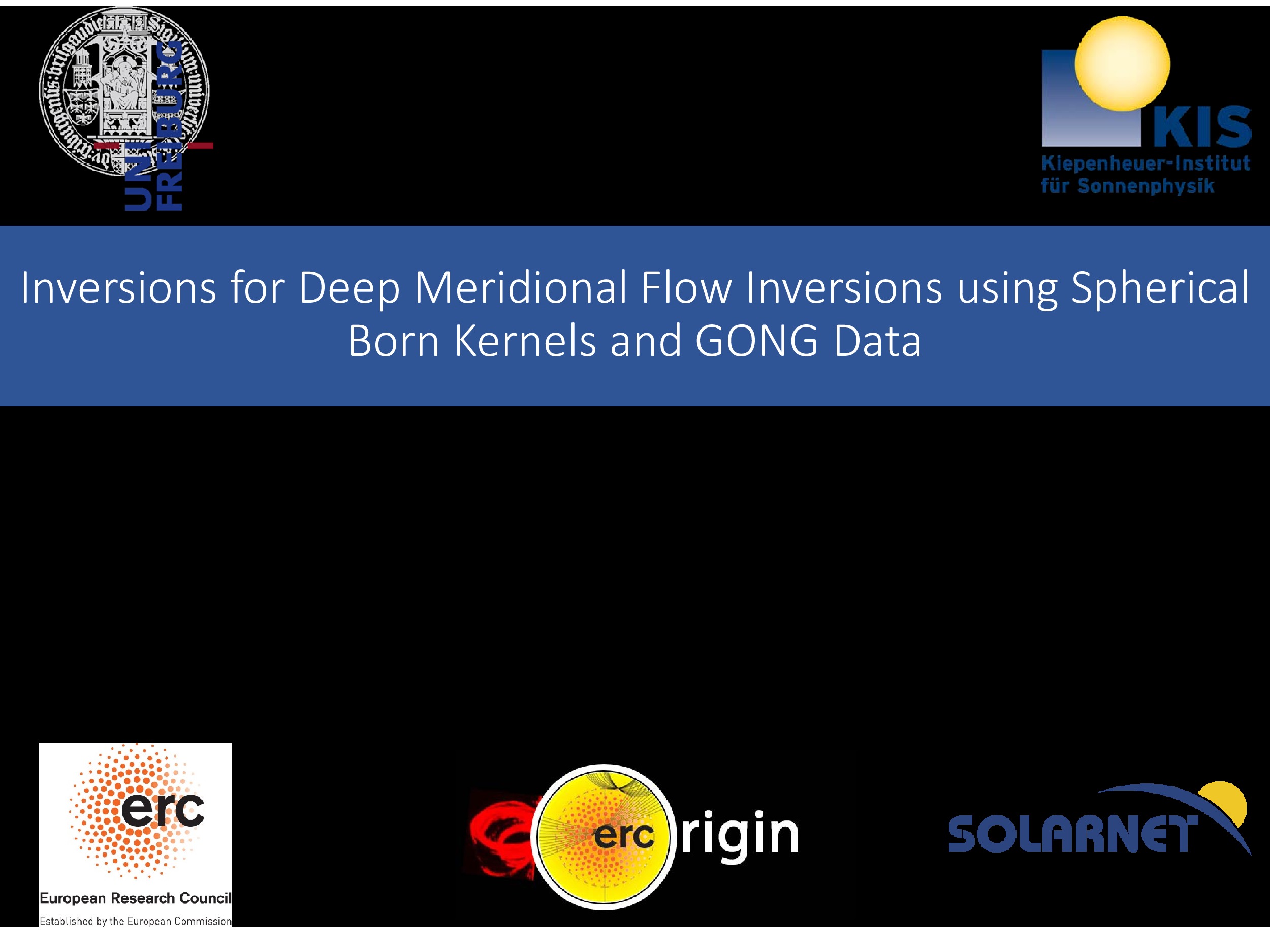
Session: Main Session
| First Name | Last Name | Affiliation |
|---|

